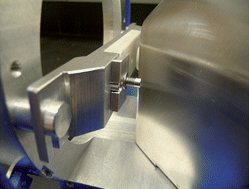Transmission-mode direct analysis in real time and desorption electrospray ionization mass spectrometry of insecticide-treated bednets for malaria control†‡
Abstract
Transmission-mode

- This article is part of the themed collection: Ambient mass spectrometry

 Please wait while we load your content...
Please wait while we load your content...